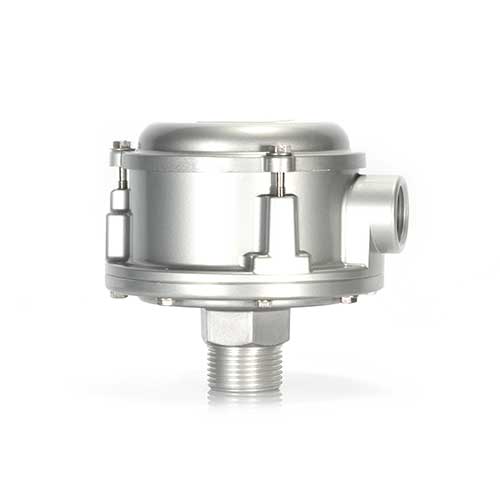Liquids with high viscosity present a unique challenge to level measurement sensors. While some sensors work just fine, others require a little extra maintenance, and some should simply be avoided. At Automation Products Group, Inc. (APG), we’ve put together a guide on how to measure the level of viscous liquids.
What is Viscosity?
Viscosity for a fluid is the measure of its resistance to a gradual change in shape by shear stress or tensile stress. Another way to think of it is the thickness or stickiness of a fluid. For example, water isn’t a very viscous fluid whereas honey and molten glass are.
| Liquid (@ 25 °C unless specified) |
Viscosity (cP) |
|---|---|
| Methanol | 0.544 |
| Water | 0.894 |
| Ethanol | 1.074 |
| Mercury | 1.526 |
| Blood (at 37°C) | 3 – 4 |
| Olive Oil | 81 |
| Corn Syrup | 1,380.60 |
| Ketchup | 50,000 – 100,000 |
| Peanut Butter | ≈250,000 |
| Pitch | 230,000,000,000 |
The unit of measure for viscosity is cP or mPa·s (one millipascal-second). We’ve provided a chart of common fluids with their cP measure. Pitch refers to a variety of super viscous materials like tar, asphalt, and bitumen. Though these may seem to be solids, they’re actually liquids.
Measuring the Level of Highly Viscous Liquids
Our RPM probe can handle viscous fluids well. It’s used to measure drilling mud, sewage tanks, and works just fine with a variety of oils. It works well with thicker fluids, just don’t use it with fluids like honey, corn syrup, peanut butter, or anything really sticky.
The temperature of the fluid heavily influences viscosity. Take honey. How often do you heat it up in your kitchen to allow it to flow better? You could consider using a float level transmitter to measure warm honey. The “runny” honey won’t cause the float to get stuck. But periodic washing will be required as crystallization on the stem would still occur.
Ultimately, the wisest choice would be to use a non-contact solution like an ultrasonic sensor or radar sensor. As long as the fluid, no matter how viscous, doesn’t give off heavy vapors and is relatively flat on the surface, an ultrasonic sensor or radar sensor will work splendidly.
If you have experience dealing with viscous fluids and have some expertise to add, please feel free to contact us. We look forward to hearing from you.
WRITTEN BY

Sami T.
Sami Thompson is APG’s Marketing Technical Writer and has been with the company since 2022. With a master’s degree in English from Utah State University and a 40-page thesis publication under her belt, Sami has a demonstrated strong writing background. In her free time, Sami enjoys reading and birdwatching.


